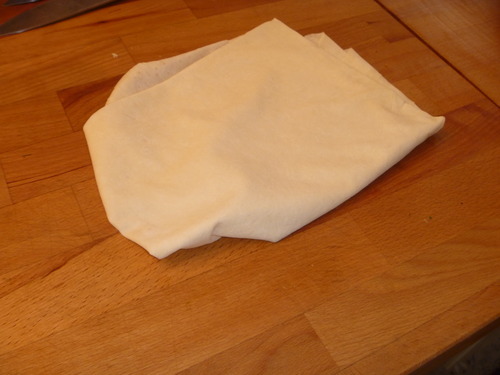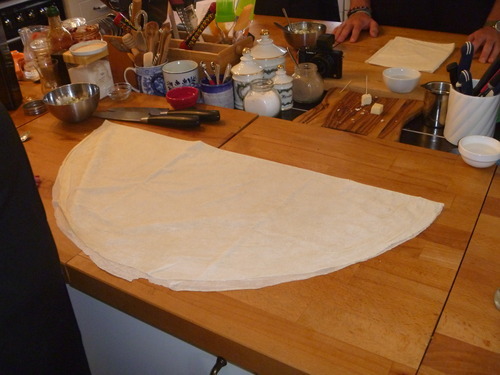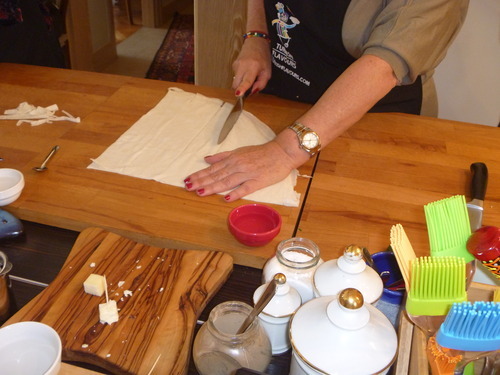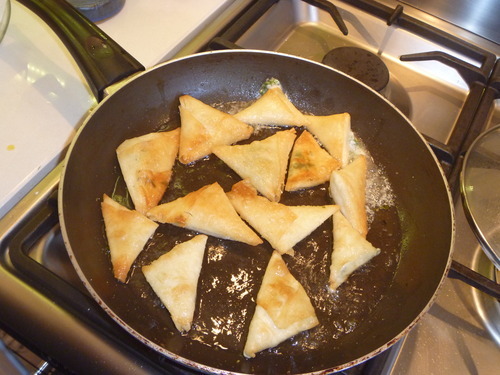
Filo dough (enough for the however much stuffing you will make)
feta cheese (again, these measurements are flexible, but ¼ lb is more than sufficient
fresh herbs: parsley and dill, minced
What we call filo dough in the U.S., in Turkey is yukfa, filo being the Greek term. You can buy this dough fresh each day and there are myriad dishes you can make with it, sweet and savory: pies, börek, baklava, for example. Today at Selin’s cooking class, Turkish Flavours, we were making little triangles (called muska) filled with feta cheese (also a Greek word: in Turkish it’s called white cheese beyaz peynir, or in my family history, quezo blanco).
Fresh herbs are ubiquitous and even if a dish does not contain a fresh herb, it seems to be garnished with some. In the class, Selin took the fresh yufka pastry that had been hibernating under a damp cloth and had us cut it into long strips. But before that, she presented us with some white cheese a bowl and added many minced herbs. As a teacher, she goes around the class asking each person to do a task, even those who would prefer only to watch. She asked me to blend the herbs and cheese all together.
“Do you need a glove?” she wanted to know.
“Oh no,” I replied. Although the rest of the class laughed, they didn’t know I’m famous for staining my clothes because I never use an apron, and a glove fits into that same category for me. Selim gave me a nod of approval as if to say, You never know how finicky these Americans are going to get.
When the cheese and herbs had been thoroughly mixed together, she put herself in the role of teacher again. With an expert move of her deft hand, Selin placed a very small amount of the mixture on the top right hand corner of the strip of dough. With her thumb she patted it flat.
“Don’t overstuff,” she warned us. Then, as she also explained, as if she were folding an American flag, she started to bend the pastry over itself into neat triangles. Each of us, in addition to the strips of dough, also had placed in front of us a small bowl of water.
“When you finish folding, you seal up the edge with water,” she instructed.
Then, our little triangles were fried in a pan of vegetable oil, drained on a paper towel, and served. I can assure you that there was not a single triangle left at the end of the meal.

Here is what the yukfa looks like when you get it.

You open it up (it’s a large circle) and then you quarter it.

Now you are ready to cut it into strips…
You place a very small amount at the top right corner of one strip and then commence to roll, as if it were the American flag… (Seiln’s words, not mine).
